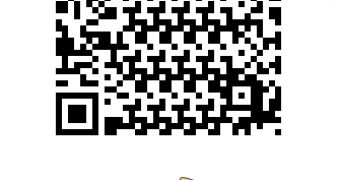Bit.ly remains the most popular URL shortening service out there, despite not being the default one on Twitter anymore. While there is plenty of competition, bit.ly manages to stay ahead, with help from features like the new QR codes for shortened links.
QR codes come in really handy for mobile devices and since smartphones are becoming increasingly popular, the new feature should prove useful to a lot of people.
Any short link created with bit.ly can have a QR code associated with it. Using the 'feature' is as simple as it gets, all you need to do is add .qr to the end of the short link.
For example, the link "bit.ly/QtQET" - which actually leads to bit.ly - becomes "bit.ly/QtQET.qr" which will point to the QR code image and not to the original link.
Then, using any number of QR code apps available for most smartphones and even feature phones equipped with a camera, you can convert the image to the original link.
This is a fast way of transferring a link from your laptop or desktop to your phone, for example, if you want to continue to read an article on the go.
It can also easily be used to print out the QR code to make it easy for others to find your store's website or anything similar.
QR codes have been particularly popular in Japan, a country obsessed with mobile phones, but are becoming increasingly used in the US and Europe as well.
Google is a big proponent of QR codes. In fact, its own shortening service, goo.gl, enabled QR generation for links back in April.
Google does it exactly like bit.ly, just add .qr to any link shortened with goo.gl. Very recently, Google launched its shortening service as a stand-alone product which can be used simply by visiting its URL.

 14 DAY TRIAL //
14 DAY TRIAL //